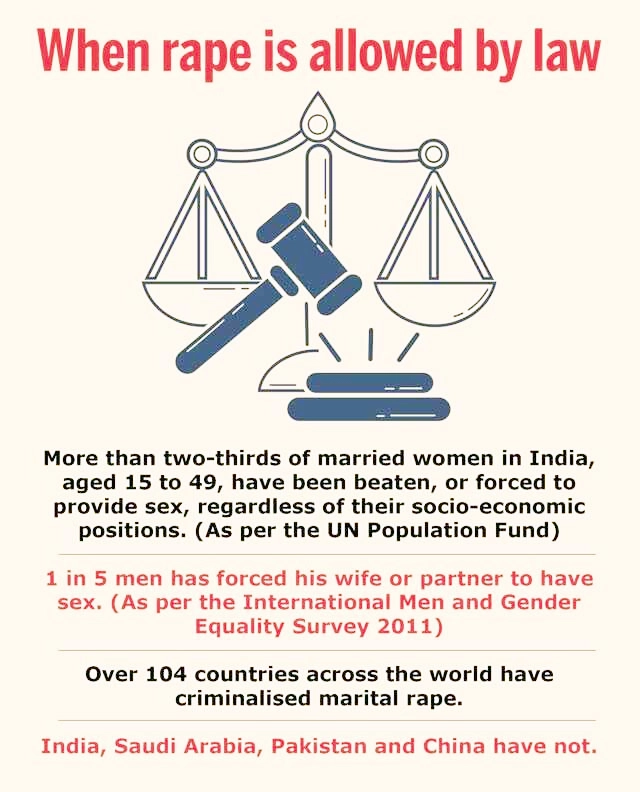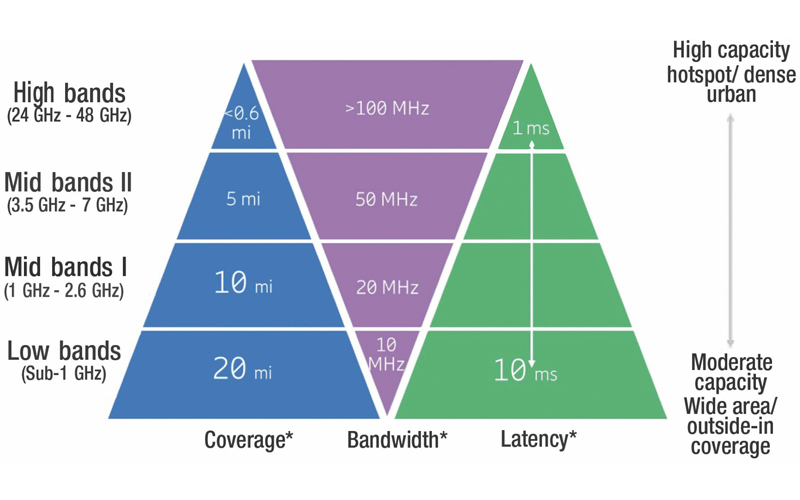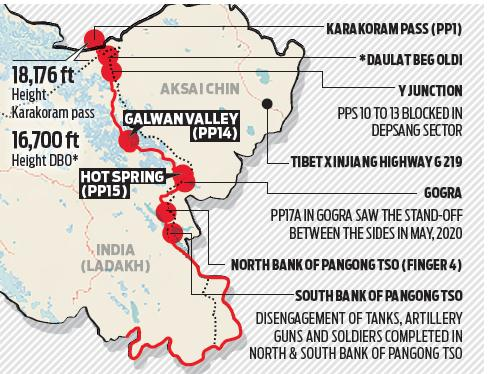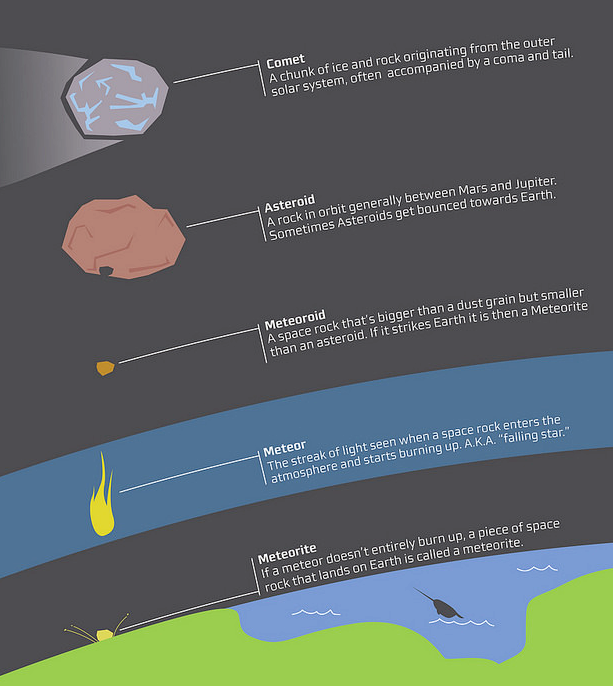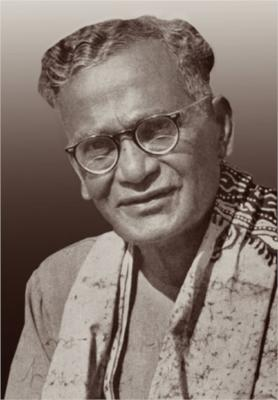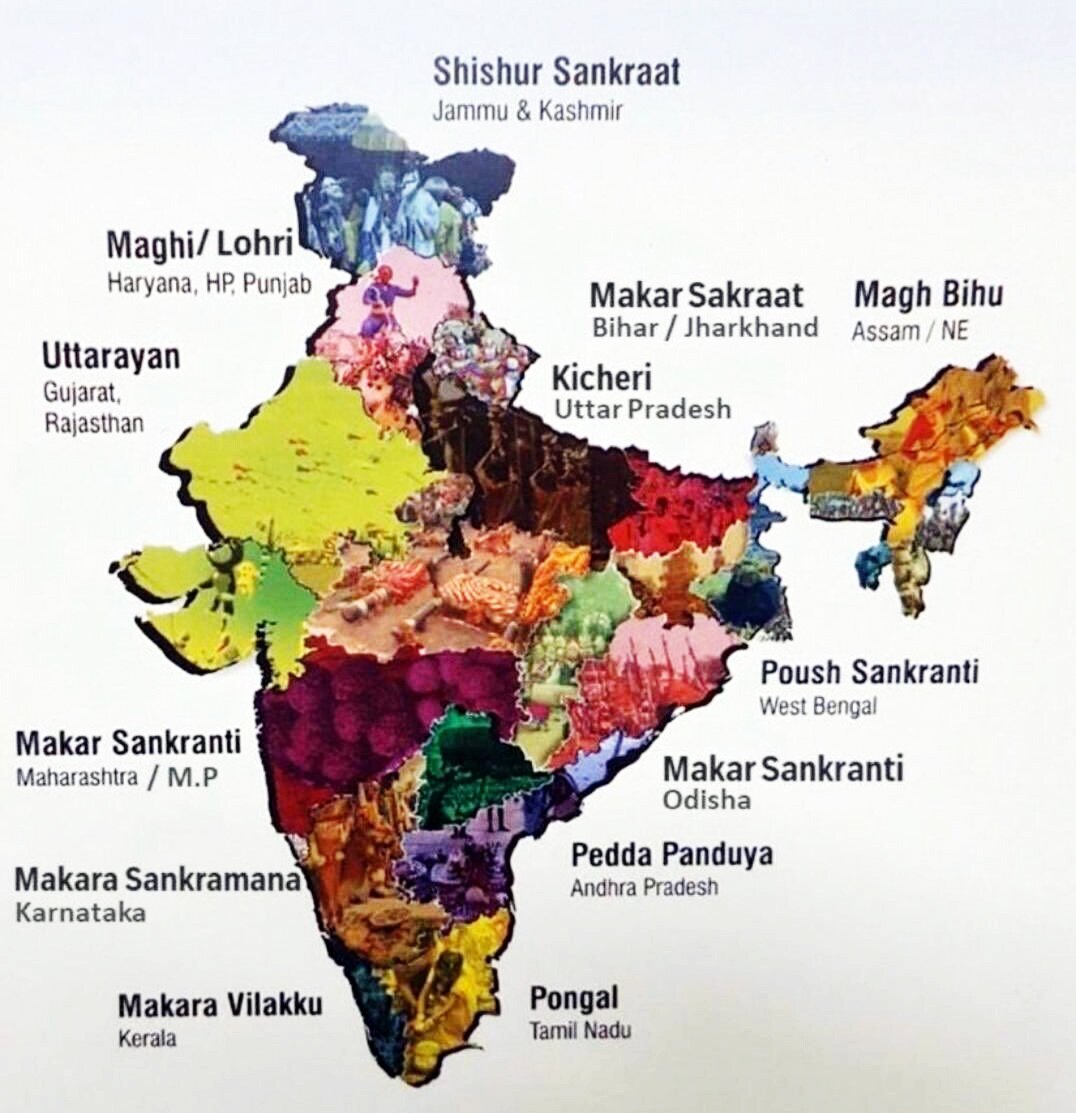Suspension of MLAs
For Prelims: Article 14, Article 212, Article 194, Basic Structure of the Constitution, section 151 (A) of The Representation of the People Act, 1951
For Mains: Representation of the People Act, 1951, Separation of Powers
Why in News
Recently, 12 MLAs from the Maharashtra legislative assembly have gone to the Supreme Court against their year-long suspension from the Assembly.
- The Supreme Court has observed that the suspension for a full year is prima facie unconstitutional and created a constitutional void for these constituencies.
Key Points
- About the Suspension of MLAs:
- The MLAs were suspended for misbehaviour in the Assembly pertaining to disclosure of data regarding OBCs.
- The challenge to suspension relies mainly on grounds of denial of the principles of natural justice, and of violation of laid-down procedure.
- The 12 MLAs have said they were not given an opportunity to present their case, and that the suspension violated their fundamental right to equality before the law under Article 14 of the Constitution.
- Rule 53 of Maharashtra Assembly: It states that the “Speaker may direct any member who refuses to obey his decision, or whose conduct is, in his opinion, grossly disorderly, to withdraw immediately from the Assembly”.
- The member must “absent himself during the remainder of the day’s meeting”.
- Should any member be ordered to withdraw for a second time in the same session, the Speaker may direct the member to absent himself “for any period not longer than the remainder of the Session”.
- Arguments by Maharashtra Assembly:
- Article 212: The House had acted within its legislative competence, under Article 212, and courts do not have jurisdiction to inquire into the proceedings of the legislature.
- Article 212 (1) states that “The validity of any proceedings in the Legislature of a State shall not be called in question on the ground of any alleged irregularity of procedure”.
- Article 194: The state has also referred to Article 194 on the powers and privileges of the House, and argued that any member who transgresses these privileges can be suspended through the inherent powers of the House.
- It has denied that the power to suspend a member can be exercised only through Rule 53 of the Assembly.
- Article 212: The House had acted within its legislative competence, under Article 212, and courts do not have jurisdiction to inquire into the proceedings of the legislature.
- Arguments By the Supreme Court:
- Violation of Basic Structure of the Constitution: The basic structure of the Constitution would be hit if the constituencies of the suspended MLAs remained unrepresented in the Assembly for a full year.
- Constitutional Requirement: The bench referred to Article 190 (4) of the Constitution, which says, “If for a period of sixty days a member of a House of the Legislature of a State is without permission of the House absent from all meetings thereof, the House may declare his seat vacant.”
- Statutory Requirement: Under Section 151 (A) of The Representation of the People Act, 1951, “a bye-election for filling any vacancy shall be held within a period of six months from the date of the occurrence of the vacancy”.
- This means that barring exceptions specified under this section, no constituency can remain without a representative for more than six months.
- Punishing Whole Constituency: The Supreme Court said that the one-year suspension was prima facie unconstitutional as it went beyond the six-month limit, and amounted to “not punishing the member but punishing the constituency as a whole”.
- Question of Supreme Court Intervention: The Supreme Court is expected to rule on the question of whether the judiciary can intervene in the proceedings of the House.
- Constitutional experts, however, say that the court has clarified in previous rulings that the judiciary can intervene in case of an unconstitutional act done by the House.
Provisions for Suspension of a Member of Parliament
- Rules 373, 374, and 374A of the Rules of Procedure and Conduct of Business in Lok Sabha provide for the withdrawal of a member whose conduct is “grossly disorderly”, and suspension of one who abuses the rules of the House or willfully obstructs its business.
- The maximum suspension as per these Rules is “for five consecutive sittings or the remainder of the session, whichever is less”.
- The maximum suspension for Rajya Sabha under Rules 255 and 256 also does not exceed the remainder of the session.
- Similar Rules also are in place for state legislative assemblies and councils which prescribe a maximum suspension not exceeding the remainder of the session.
Criminalising Marital Rape
For Prelims: Section 375 of the IPC, Section 498A of IPC, Justice J. S. Verma Committee.
For Mains: Criminalisation of Marital Rape, Section 375 of the IPC, National Crime Records Bureau (NCRB) data, Justice J. S. Verma Committee, Protection of Women from Domestic Violence Act, 2005.
Why in News
Recently, a batch of petitions seeking criminalisation of marital rape, has been filled in the Delhi High Court.
- In response to it the Union government has replied that it is considering a “constructive approach” towards criminalising it and had sought suggestions from various stakeholders.
- The petition seeks to amend the criminal law, which includes Section 375 (rape) of the Indian Penal Code (IPC).
Key Points
- Background:
- The grounds for “marital immunity” for rape prosecution have emerged from the patriarchal discourse in society.
- According to which, a husband cannot be guilty of a rape committed upon his lawful wife because she has given up herself in this kind to her husband by their mutual matrimonial consent and contract, which she cannot retract.
- Under the impact of the second wave of feminism in the seventies, Australia became the first common law country to pass reforms in 1976 and after it, many Scandinavian and European countries made rape in marriage a criminal offence.
- The grounds for “marital immunity” for rape prosecution have emerged from the patriarchal discourse in society.
- Legal Provision Regarding Marital Rape:
- Marital Rape Exception: Section 375 of the Indian Penal Code, which exempts forceful sexual intercourse by a man with his own wife from the offence of rape, provided the wife is above 15 years of age, also known as the “marital rape exception”.
- Issues With Marital Rape Exception:
- Against Basic Rights of Women: This exception clause violates the women’s fundamental right to equality, freedom of speech and expression, and most of all the right to life and personal liberty.
- It also denies the agency over their own bodies to women.
- Dismal State of Judicial System: Some of the reasons for low rates of prosecution in the cases of marital rape in India include:
- Low reporting of crimes due to societal conditioning and low legal awareness.
- Inaccurate method of collection of National Crime Records Bureau (NCRB) data.
- Out of court settlements due to the lengthy process of justice/lack of admissible proof.
- Justice J. S. Verma Committee Recommendation: The Justice J. S. Verma Committee, constituted in the aftermath of the horrific Nirbhaya gang rape in 2012.
- While some of its recommendations helped shape the Criminal Law (Amendment) Act, 2013, its most radical suggestions, including on marital rape, were swept under the carpet.
- Against Basic Rights of Women: This exception clause violates the women’s fundamental right to equality, freedom of speech and expression, and most of all the right to life and personal liberty.
- Government’s Stand:
- Distablisng Effect on Institution of Marriage: Uptil now, the government has said on multiple occasions that criminalising marital rape will threaten the institution of marriage and will also impinge the right to privacy.
- Misuse of Legal Provisions: There is a growing misuse of Section 498A (harassment caused to a married woman by her husband and in-laws) of IPC and the Protection of Women from Domestic Violence Act, 2005.
- Criminalising marital rape could become an easy tool for harassing husbands.
Way Forward
- Multi-stakeholder Approach: The criminalisation of marital rape will be a symbolic start for sure.
- The sentencing could be decided by an expert committee consisting of medical personnel, family counsellors, judges and police on the basis of varied aspects like the couple’s sexual history, physical and psychological harm to the victim.
- Bringing Behavioural Changes: Statutory reform should be accompanied with awareness campaigns sensitising the public (civilians, police, judges, medical personnel) on the importance of consent, timely medical care and rehabilitation, skill development and employment for facilitating economic independence of victims.
Millimetre Wave band in 5G
For Prelims: Millimetre Wave band, 5G, Low-Earth Orbit (LEO), Satellite Industry, Spectrum, International Telecommunication Union
For mains: 5G technology, mm Wave bands of 5G and concerns related to it, Satellite Communication, International Telecommunication Union.
Why in News
Recently, Satcom Industry Association-India (SIA) has voiced concerns over the Government’s plan to include the Millimetre Wave (mm Wave) bands in the 5G spectrum auction
- SIA is an industry body that represents the interests of the communication satellite ecosystem in India.
- Telecom Regulatory Authority of India (TRAI) had sought industries’ views on topics related to quantum of spectrum to be auctioned off.
Key Points
- 5G Technology:
- About:
- 5G is the 5th generation mobile network. It is a new global wireless standard after 1G, 2G, 3G, and 4G networks. The 5G networks will operate in the mm Wave spectrum.
- It enables a new kind of network that is designed to connect virtually everyone and everything together including machines, objects, and devices.
- Bands in 5G: 5G mainly work in 3 bands, namely low, mid and high frequency spectrum — all of which have their own uses as well as limitations.
- Low band spectrum: It has shown great promise in terms of coverage and speed of internet and data exchange however the maximum speed is limited to 100 Mbps (Megabits per second).
- Mid-band spectrum: It offers higher speeds compared to the low band, but has limitations in terms of coverage area and penetration of signals.
- High-band spectrum: It has the highest speed of all the three bands, but has extremely limited coverage and signal penetration strength.
- Internet speeds in the high-band spectrum of 5G has been tested to be as high as 20 Gbps (gigabits per second), while, in most cases, the maximum internet data speed in 4G has been recorded at 1 Gbps.
- About:
- Millimetre Wave-Band:
- About:
- It is a particular segment of the radio frequency spectrum that ranges between 24 GHz and 100 GHz.
- This spectrum, as the name suggests, has a short wavelength, and is appropriate to deliver greater speeds and lower latencies. This in turn makes data transfer efficient and seamless as the current available networks work optimally only on lower frequency bandwidths.
- Significance:
- 5G services can be deployed using lower frequency bands. They can cover greater distances and are proven to work efficiently even in urban environments, which are prone to interference.
- But, when it comes to data speeds, these bands fail to hit peak potential needed for a true 5G experience. So, mmWave is that quintessential piece in the 5G jigsaw puzzle for mobile service providers.
- Effect on Satellite Industry:
- The Internet has largely been provided to users via fibre-optic based broadband connectivity or mobile network. Of late, another class of Internet vendors is showing up. These are satellite-based communication service providers.
- This segment uses Low-Earth Orbit (LEO) satellites to provide broadband to both urban and rural users. Their service could also be used for weather predictions.
- The mm- band had been the subject of controversy due to out-of-band emissions into the passive satellite band used for weather satellites at 23.6-24 GHz.
- Out-of-band emission is emission on a frequency or frequencies immediately outside the necessary bandwidth which results from the modulation process.
- The level of out-of-band emission can not be reduced without affecting the corresponding transmission of information.
- About:
- Concerns Raised by the Industry:
- Against ITU Norms:
- SIA urged the regulator to limit the inclusion of mmWave spectrum in the 5G auction as 27.5-31 GHz and 17.7-21.2 GHz bands have been preserved for satellite-based broadband services as per the decision taken by the International Telecommunication Union (ITU).
- The industry body pointed to Europe’s “5G Roadmap”, which is built on the ITU’s decision to hold these bands for satellite-based broadband services.
- Denial of Benefits:
- It also noted that offering excessive spectrum resources in the upcoming 5G auction will result in Indian citizens being denied the benefits of high-demand, advanced satellite broadband services.
- Loss to Economy:
- It will result in a massive loss to the Indian economy of up to USD 184.6 billion by 2030, along with the loss of Foreign Direct Investment (FDI) and employment generation benefits.
- Against ITU Norms:
- SIA’s Suggestions:
- SIA-India has noted that the 330 MHz of spectrum in the 3.3-3.67 GHz band is enough to satisfy India’s mid-band 5G needs while ensuring a competitive auction.
- The industry body also noted that providing excess spectrum could pose a downside risk of the bands going unsold, or even worse, underutilised by terrestrial players at the expense of satellite-based service providers.The allocation of mmWave band is critical to the satellite communication industry, which needs a stronger regulatory support to ensure that 5G operations don’t interfere with their existing operations.
India-China Military Talks
Why in News
Recently, the 14th round of Corps Commander level talks concluded between India and China. The meeting resulted in no breakthrough for disengagement from Hot Springs and Gogra Post, but the two sides have agreed to meet again soon.
- The meeting had a positive outcome in comparison to the last meeting, whereby no joint statement was released and the two sides had issued independent statements blaming each other for the situation.
Key Points
- Location of Hot Springs and Gogra Post:
- Hot Springs is just north of the Chang Chenmo river and Gogra Post is east of the point where the river takes a hairpin bend coming southeast from Galwan Valley and turning southwest.
- The area is north of the Karakoram Range of mountains, which lies north of the Pangong Tso lake, and south east of Galwan Valley.
- Importance of Hot Springs and Gogra Post :
- The area lies close to Kongka Pass, one of the main passes, which, according to China, marks the boundary between India and China.
- India’s claim of the international boundary lies significantly east, as it includes the entire Aksai Chin area as well.
- Hot Springs and Gogra Post are close to the boundary between two of the most historically disturbed provinces (Xinjiang and Tibet) of China.
Pangong Tso lake
- Pangong Lake is located in the Union Territory of Ladakh.
- It is situated at a height of almost 4,350m and is the world’s highest saltwater lake.
- Extending to almost 160km, one-third of the Pangong Lake lies in India and the other two-thirds in China.
Galwan Valley
- The valley refers to the land that sits between steep mountains that buffet the Galwan River.
- The river has its source in Aksai Chin, on China’s side of the Line of Actual Control (LAC), and it flows from the east to Ladakh, where it meets the Shyok river on India’s side of the LAC.
- The valley is strategically located between Ladakh in the west and Aksai Chin in the east, which is currently controlled by China as part of its Xinjiang Uyghur Autonomous Region.
Chang Chenmo River
- Chang Chenmo River or Changchenmo River is a tributary of the Shyok River, part of the Indus River system.
- It is at the southern edge of the disputed Aksai Chin region and north of the Pangong Lake basin.
- The source of Chang Chenmo is near the Lanak Pass.
Kongka Pass
- The Kongka Pass or Kongka La is a low mountain pass over a hill that intrudes into the Chang Chenmo Valley. It is in the disputed India-China border area in Ladakh.
Karakoram Range
- It is also known as Krishnagiri which is situated in the northernmost range of the Trans-Himalayan ranges. It forms India's frontiers with Afghanistan and China.
- It extends eastwards from the Pamir for about 800 km. It is a range with lofty peaks (elevation 5,500 m and above).
- Some of the peaks are more than 8,000 metre above sea level. K2 (8,611 m)[Godwin Austen or Qogir] is the second highest peak in the world and the highest peak in the Indian Union.
- The Ladakh Plateau lies to the north-east of the Karakoram Range.
Meteorite (ALH) 84001
Why in News
Recently, a new study published in the journal Science, offers an explanation for the existence of organic compounds on the surface of Meteorite called (ALH) 84001.
- It landed on Earth from Mars in 1984, and can possibly unravel the existence of life on Mars (Red Planet).
Key Points
- About:
- Meteorite named Alan Hills (ALH) 84001 was found in December, 1984 in the Far Western Icefield of Allan Hills in Antarctica by a US meteorite hunting expedition. At the time of its discovery it was recognised as the most unusual rock collected.
- It was described at the time of discovery as, shaped like a rounded brick or a large potato, about 6 inches long by 4 inches by 3 inches, and was partly covered with black glass.
- In 2021, NASA’s Perseverance rover collected the first sample of Martian rock.
- It can be said with certainty that the meteorite did come from the Red planet because of the presence of traces of certain gases that are just like the Martian atmosphere.
- Meteorite named Alan Hills (ALH) 84001 was found in December, 1984 in the Far Western Icefield of Allan Hills in Antarctica by a US meteorite hunting expedition. At the time of its discovery it was recognised as the most unusual rock collected.
- Study:
- The study posits that the organic compounds found in the meteorite were a result of the interactions between water and rocks that occurred on Mars. These interactions were similar to those that happen on Earth.
- These kinds of non-biological, geological reactions are responsible for a pool of organic carbon compounds from which life could have evolved and presents a basis that must be taken into consideration when searching for evidence of past life on Mars.
- The search for life on Mars is not just an attempt to answer the question ‘are we alone, but also It relates to early Earth environments and addresses the question of ‘where did we come from.
- Significance of Studying meteorites:
- Scientists are interested in studying meteorites as examining them offers clues about the beginning of the solar system and maybe even the Earth.
- Space agencies have launched specific missions to asteroids to be able to study them.
- One such example is NASA’s OSIRIS-REx mission launched in 2018 with the aim of reaching asteroid Bennu and getting back a sample from the ancient asteroid.
- Scientists are interested in studying meteorites as examining them offers clues about the beginning of the solar system and maybe even the Earth.
Difference between Meteor, Meteorite and Meteoroid
- The difference between a meteor, meteorite and meteoroid is nothing but where the object is.
- Meteoroids are objects in space that range in size from dust grains to small asteroids. “Think of them as “space rocks,”.
- But when meteoroids enter the Earth’s atmosphere they are called meteors.
- But if a meteoroid enters the Earth’s atmosphere and hits the ground, it is called a meteorite.
Nari Shakti Puraskar 2021
Why in News
Nominations for the Nari Shakti Puraskar, 2021 are open till 31st January, 2022.
Key points
- About:
- Initiated in the year 1999, it is the highest Civilian Honour for Women in India.
- The President of India confers the Nari Shakti Puraskar on the International Women's Day (8th March), annually.
- The Nari Shakti Puraskar carries a cash award of Rs.2 Lakh and a certificate for individuals and institutions.
- The Ministry of Women and Child Development announces these national level awards for individuals/ groups/ Non-governmental Organisations (NGOs)/ institutions etc. The awards are given:
- For encouraging women to participate in decision making roles.
- Women’s skill development in traditional and non-traditional sectors.
- Facilitating basic amenities for rural women.
- Promoting women in non-traditional sectors like science and technology, sports, art, culture concretely.
- For the significant work towards safety and security, health and wellness, education, life skills, respect and dignity of women etc.
- Objectives:
- To showcase the Government’s commitment towards women with the aim of strengthening their position in the society.
- It will also provide an opportunity to Young Indians to understand the contribution of women in building society and the nation.
- It will also help in achieving the 2030 Sustainable Development Goals (SDGs).
- SDG 5: Achieve gender equality and empower all women and girls.
- Eligibility:
- As per the Guidelines, any individual of at least 25 years of age and institutions having worked in the relevant field for at least 5 years are eligible to apply.
International Women's Day
- International Women's Day (March 8) is a global day celebrating the social, economic, cultural and political achievements of women. The day also marks a call to action for accelerating gender parity.
- Women’s Day was first celebrated back in 1911 by Clara Zetkin, who was a German. The roots of the celebration had been in the labour movement.
- It was only in 1913, however, that the celebrations were shifted to 8th March, and it has remained that way ever since.
- International Women's Day was celebrated for the first time by the United Nations in 1975.
- In December 1977, the General Assembly adopted a resolution proclaiming a United Nations Day for Women’s Rights and International Peace to be observed on any day of the year by Member States, in accordance with their historical and national traditions.
Kala Kumbh-Artist Workshops
Why in News
As part of grand celebrations of the Amrit Mahotsav, the Ministry of Culture in collaboration with the Ministry of Defence organized Kala Kumbh - artist workshops for painting scrolls.
- The Director General, NGMA (National Gallery of Modern Art) along with professors of eminent universities acted as mentors for the scroll painting workshops.
Key Points
- About:
- The major theme of these artworks is on the unsung heroes of the struggle for India’s freedom.
- Inspiration has also been drawn from the illustrations in the Constitution of India which have been meticulously done by Nandalal Bose – one of the leading masters of modern Indian art from the Bengal School along with a team of other eminent artists and calligraphers.
- National Gallery of Modern Art:
- About:
- It is a national premier Institute that was established in 1954 by then vice-president Dr. S Radhakrishanan in the presence of Prime Minister Jawaharlal Nehru.
- NGMA is a repository of the cultural ethos of the country and showcases the changing art forms through the passage of the last hundred and fifty years starting from about 1857 in the field of Visual and Plastic arts.
- Headquarters: New Delhi.
- Nodal Ministry: It is run and administered under the Ministry of Culture.
- About:
- Born in Bihar’s Munger district on 3rd December, 1882, Nandalal Bose was one of the pioneers of modern Indian art and a key figure of Contextual Modernism.
- Bose was groomed by Abanindranath Tagore, the nephew of Rabindranath Tagore as well as the principal artist and creator of the Indian Society of Oriental Art, for five years till 1910.
- Association with the Tagore family and the murals of Ajanta awakened his idealism for a nationalistic consciousness, commitment toward classical and folk art, along with its underlying spirituality and symbolism.
- His classic works include paintings of scenes from Indian mythologies, women, and village life.
- In his own work, Bose experimented with the flat treatment of Mughal and Rajasthani traditions and played with the Sino-Japanese style and technique in his works.
- Bose became principal of the Kala Bhavana (College of Arts) at Rabindranath Tagore’s International University Santiniketan in 1922.
- The Congress entrusted Bose with the task of illustrating the pages of the Indian Constitution, when it was being drafted. Along with his disciple Rammanohar, Bose took up the task of beautifying and decorating the original manuscript of the Constitution.
- He died on 16th April, 1966, in Calcutta.
- Today, many critics consider his paintings among India's most important modern paintings.
- In 1976, the Archaeological Survey of India declared his works among the "nine artists" whose work, "not being antiquities", were to be henceforth considered "to be art treasures, having regard to their artistic and aesthetic value".
Makar Sankranti
Why in News
Recently, the PM has greeted people across the nation on the occasion of harvest festivals Makar Sankranti, Uttarayan, Bhogi, Magh Bihu and Pongal.
- The festivals celebrate the hard work and enterprise of millions of farmers across the country.
Key Points
- Makar Sankranti:
- Makar Sankranti denotes the entry of the sun into the zodiac sign of Makara (Capricorn) as it travels on its celestial path.
- The day marks the onset of summer and the six months auspicious period for Hindus known as Uttarayan – the northward movement of the sun.
- As a part of the official celebration of 'Uttarayan', the Gujarat government has been hosting the International Kite Festival since 1989.
- The festivities associated with the day is known by different names in different parts of the country:
- Lohri by north Indian Hindus and Sikhs,
- Sukarat in central India,
- Bhogali Bihu by Assamese Hindus, and
- Pongal by Tamil and other South Indian Hindus.
- Bihu:
- It is celebrated when the annual harvest takes place in Assam. People celebrate Rongali/Magh Bihu to mark the beginning of the Assamese new year.
- It is believed that the festival started from the time when people of the valley started tilling the land. Bihu is believed to be as old as river Brahmaputra.
- Pongal:
- The word Pongal means ‘overflow’ or ‘boiling over’.
- Also known as Thai Pongal, the four-day occasion is observed in the month of Thai, when crops such as rice are harvested and people show their gratitude to the almighty and the generosity of the land.
- Tamilians celebrate the occasion by making traditional designs known as kolams in their homes with rice powder.
Indian Army Day
Why in News
Army Day is celebrated every year on 15th January in India to commemorate the jawans and the Indian Army.
- This year India is celebrating its 74th Army Day.
Key Points
- Historical Background:
- On 15th January 1949, Field Marshal Kodandera M. Cariappa, who was then a Lieutenant General, took over as the first Indian Commander-in-Chief of the Indian Army from General Sir Francis Butcher, the last British person to hold that post.
- K. M. Cariappa adopted the slogan 'Jai Hind' which means 'Victory of India'. He is also one of only two Indian Army officers to hold the Five-star rank of Field Marshal, the other being Field Marshal Sam Manekshaw.
- Army Day:
- Army Day is celebrated every year to honor the soldiers of the country, who have set the greatest example of selfless service and brotherhood and more than anything the love for the country.
- In the celebration of Army Day, the parade is organised every year at the Cariappa Parade Ground of Delhi Cantonment.
- Indian Army:
- The Indian army originated from the forces of the East India Company, which later became the 'British Indian Army', and eventually, after Independence, the Indian Army.
- The Indian Army was founded almost 126 years ago by the British on 1st April, 1895.
- India's army is considered the world's fourth strongest army.

